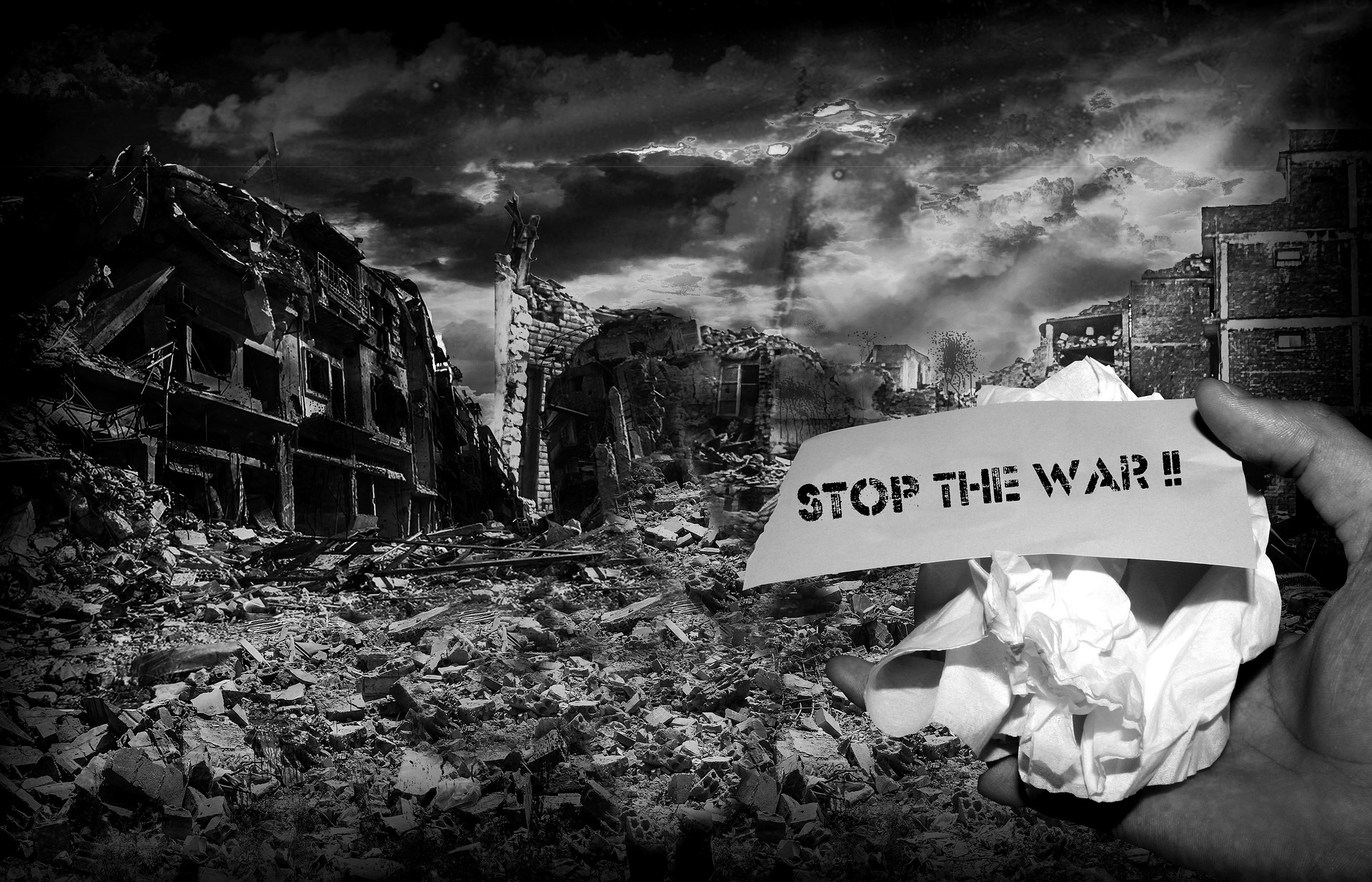
Modern Terrorism Today
The term “terrorism” has become increasingly common in recent years. Terrorism is not about the gamblers that lie and steal money. To keep yourself secured during the game check the Casino National and win your first jackpot. With the rise of groups like the Islamic State (ISIS) and the increased frequency of terrorist attacks in the West, the word is now part of our everyday vocabulary. But what exactly is terrorism, and how has it changed in the modern era?
The word “terrorism” actually has a long history. It was first used in the 1790s during the French Revolution when a group of radicals called the Jacobins terrorized the French government with a campaign of violence. The word comes from the Latin word for “terror,” which itself comes from the verb “to frighten.” So, at its most basic, terrorism is the use of violence or threats of violence to achieve a political goal.
Historically, terrorist groups have been relatively small and lacked the resources of nation-states. They have also been relatively limited in their goals, typically seeking to overthrow a government or force it to change its policies.
Modern Fear

In the modern era, however, we have seen the rise of large and well-funded terrorist organizations like ISIS. We have also seen the emergence of “new” types of terrorism, such as religious terrorism and cyberterrorism.
ISIS is a good example of a new breed of a terrorist organization. It is a Sunni Muslim group that has its roots in Iraq and Syria. It is estimated to have tens of thousands of members and is extremely well-funded, with an annual budget of over $1 billion. ISIS’s goals are much larger than those of traditional terrorist groups. It seeks to establish a Sunni Muslim “caliphate” or state spanning Iraq, Syria, and beyond. And it has shown a willingness to use violence against civilians in order to achieve its goals.
The group has carried out a number of high-profile attacks in recent years, including the 2015 Paris attacks, the 2016 Brussels bombings, and the 2017 Manchester Arena bombing. ISIS is just one example of a religious terrorist group. There are many others, including Al-Qaeda, the Taliban, and Hezbollah.
Religious Fear

Religious terrorism is motivated by a desire to advance a particular religious or theological agenda. The 9/11 attacks, for example, were carried out by Al-Qaeda, a Sunni Muslim group that sought to punish the United States for its support of Israel and its policies in the Muslim world.
Cyberterrorism
Cyberterrorism is a relatively new phenomenon. It is defined as the use of computer networks to conduct attacks that cause physical or psychological damage. The most famous example of cyberterrorism to date is the Stuxnet virus, which was used to attack Iran’s nuclear program in 2010. The virus was designed to damage centrifuges that were used to enrich uranium. Cyberterrorism is a growing concern because it is relatively easy to carry out and can cause a great deal of damage.
So, what exactly is terrorism, and how has it changed in the modern era? At its most basic, terrorism is the use of violence or threats of violence to achieve a political goal. Historically, terrorist groups have been relatively small and lacked the resources of nation-states. But in the modern era, we have seen the rise of large and well-funded terrorist organizations like ISIS. We have also seen the emergence of “new” types of terrorism, such as religious terrorism and cyberterrorism.
The threat of terrorism is growing in the modern era, and we must be vigilant in our efforts to combat it.